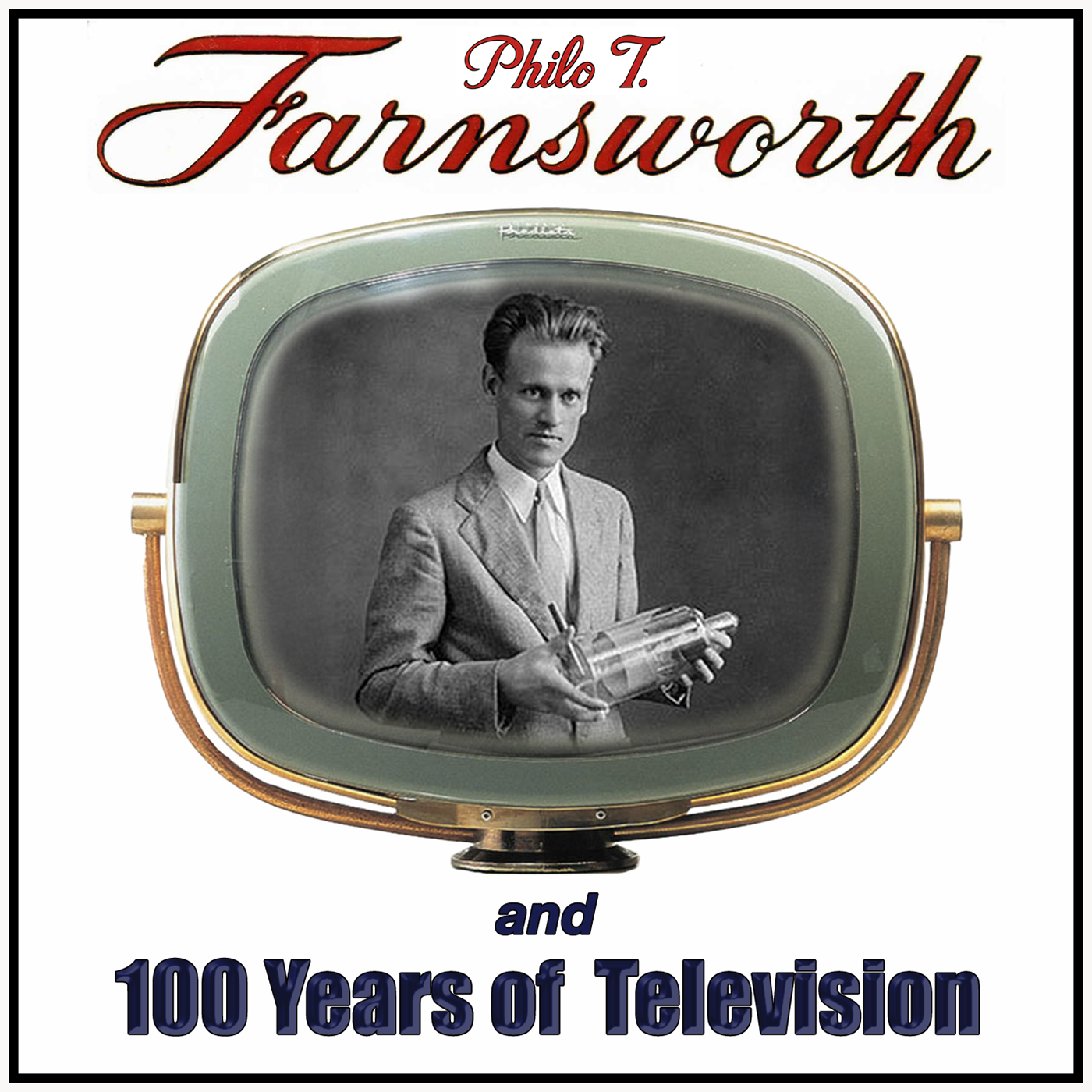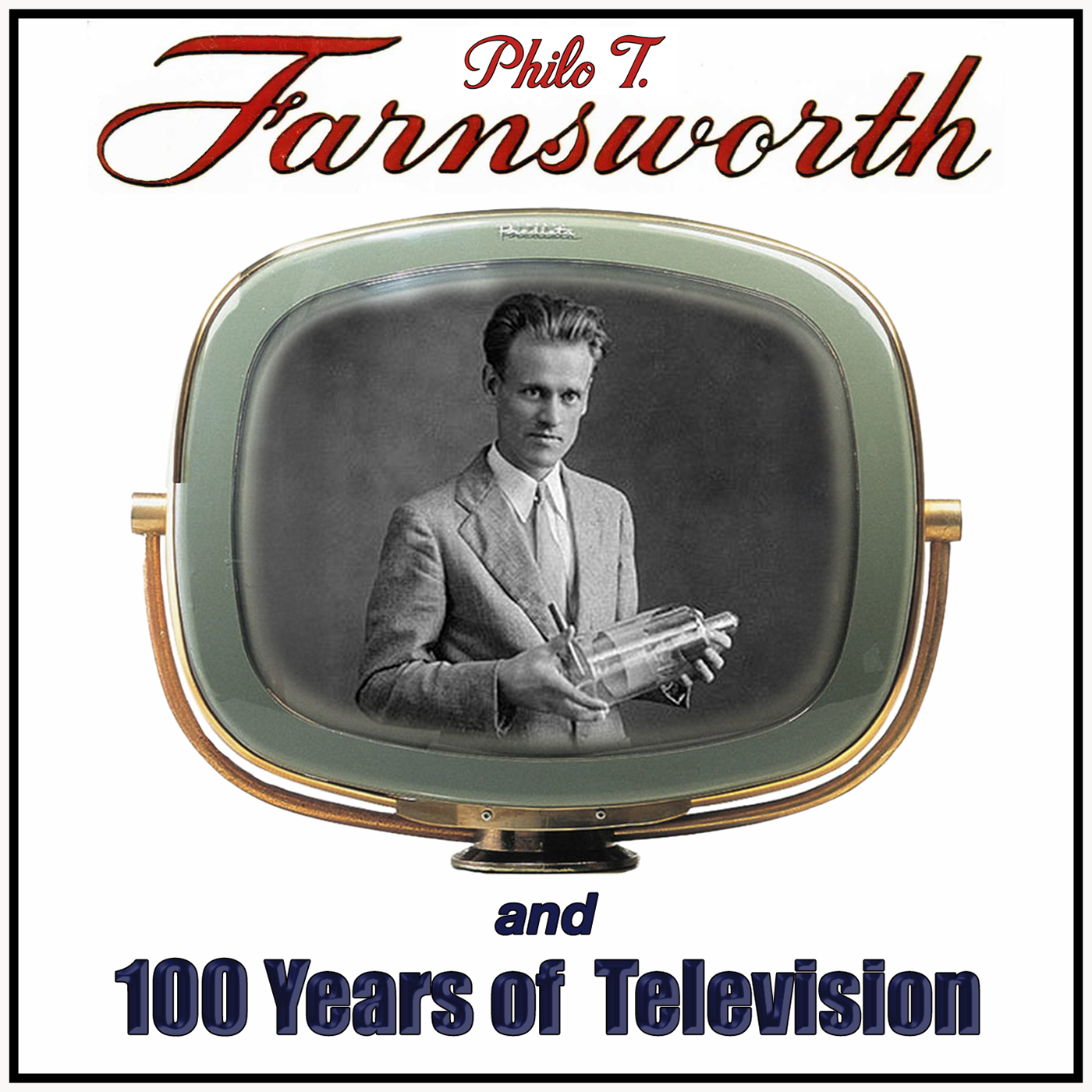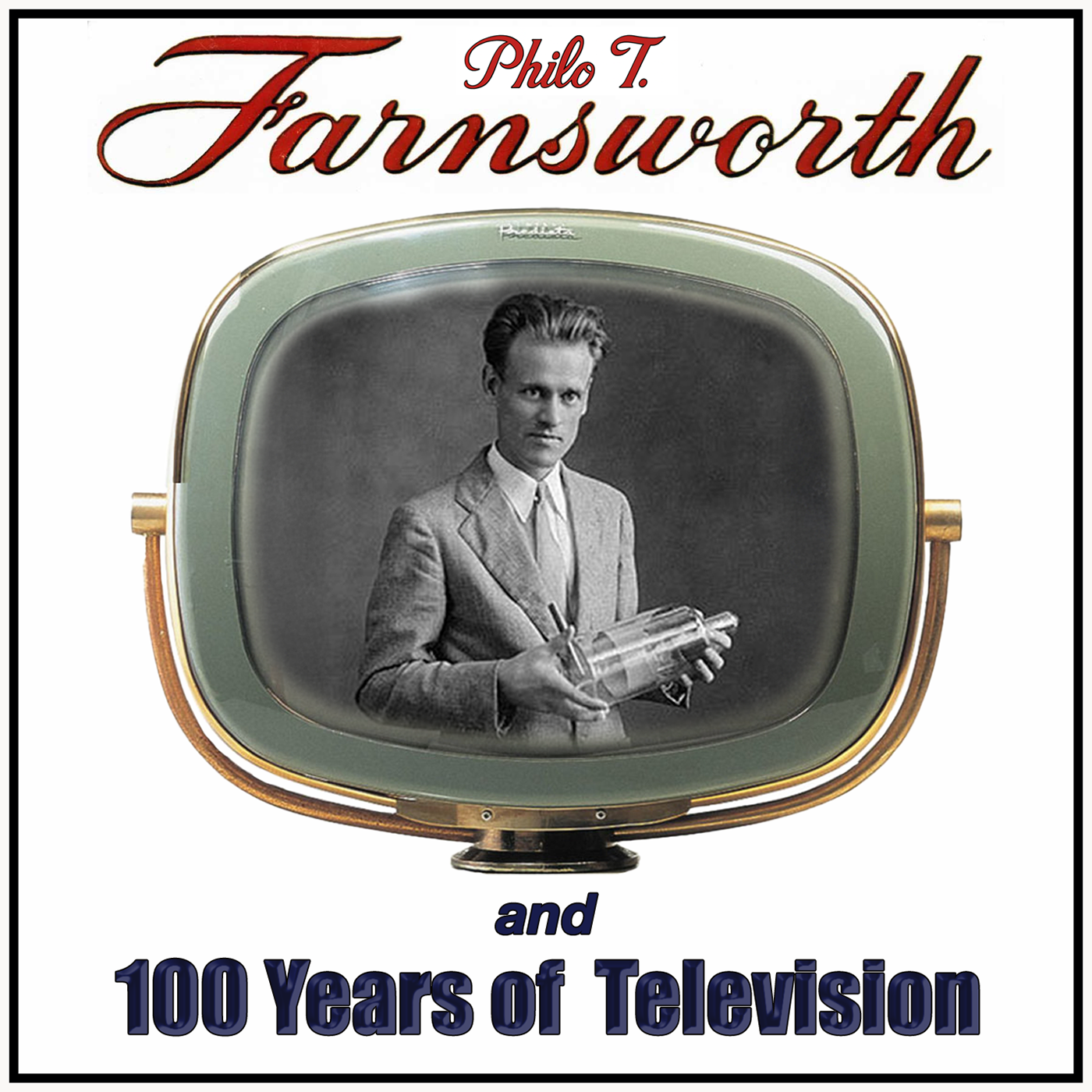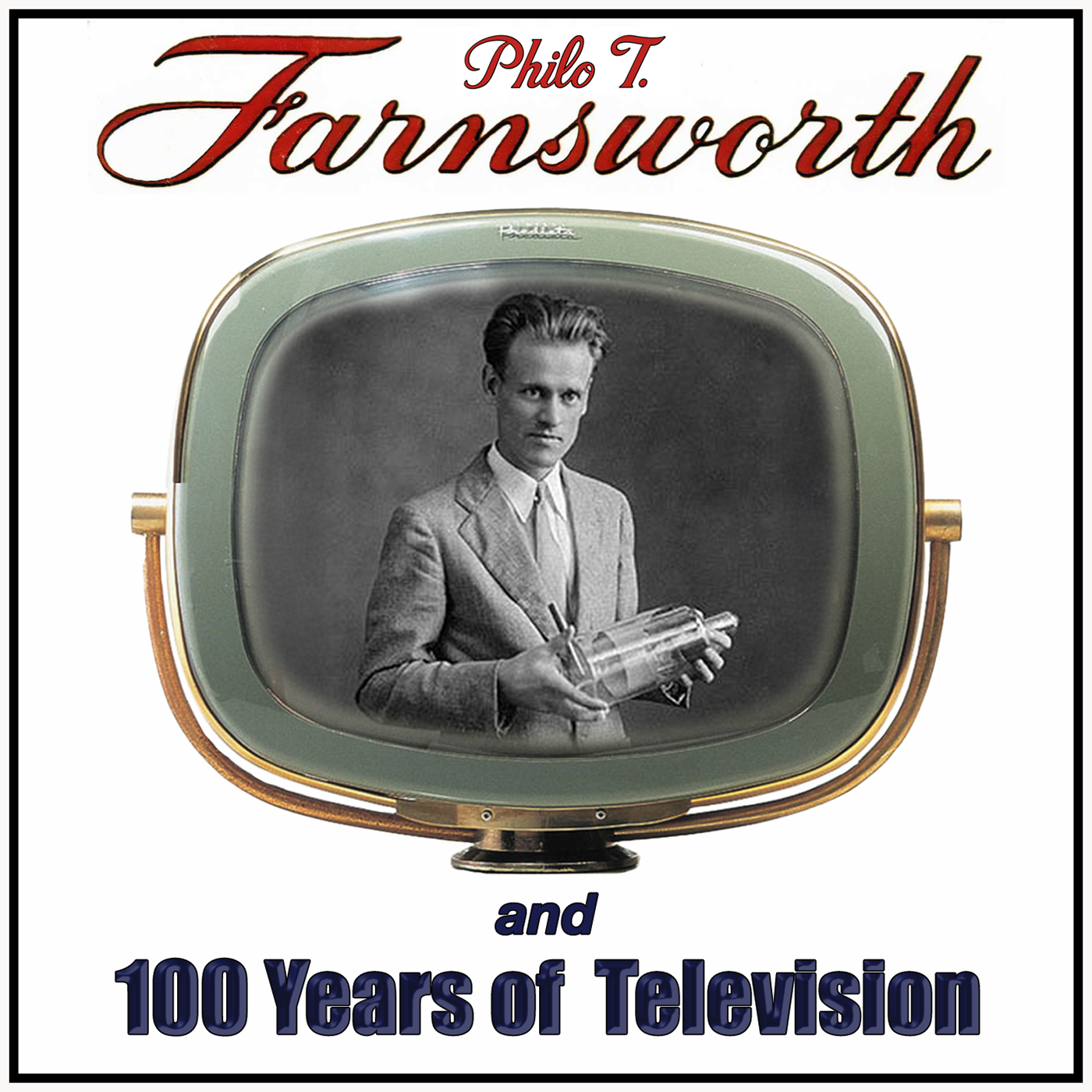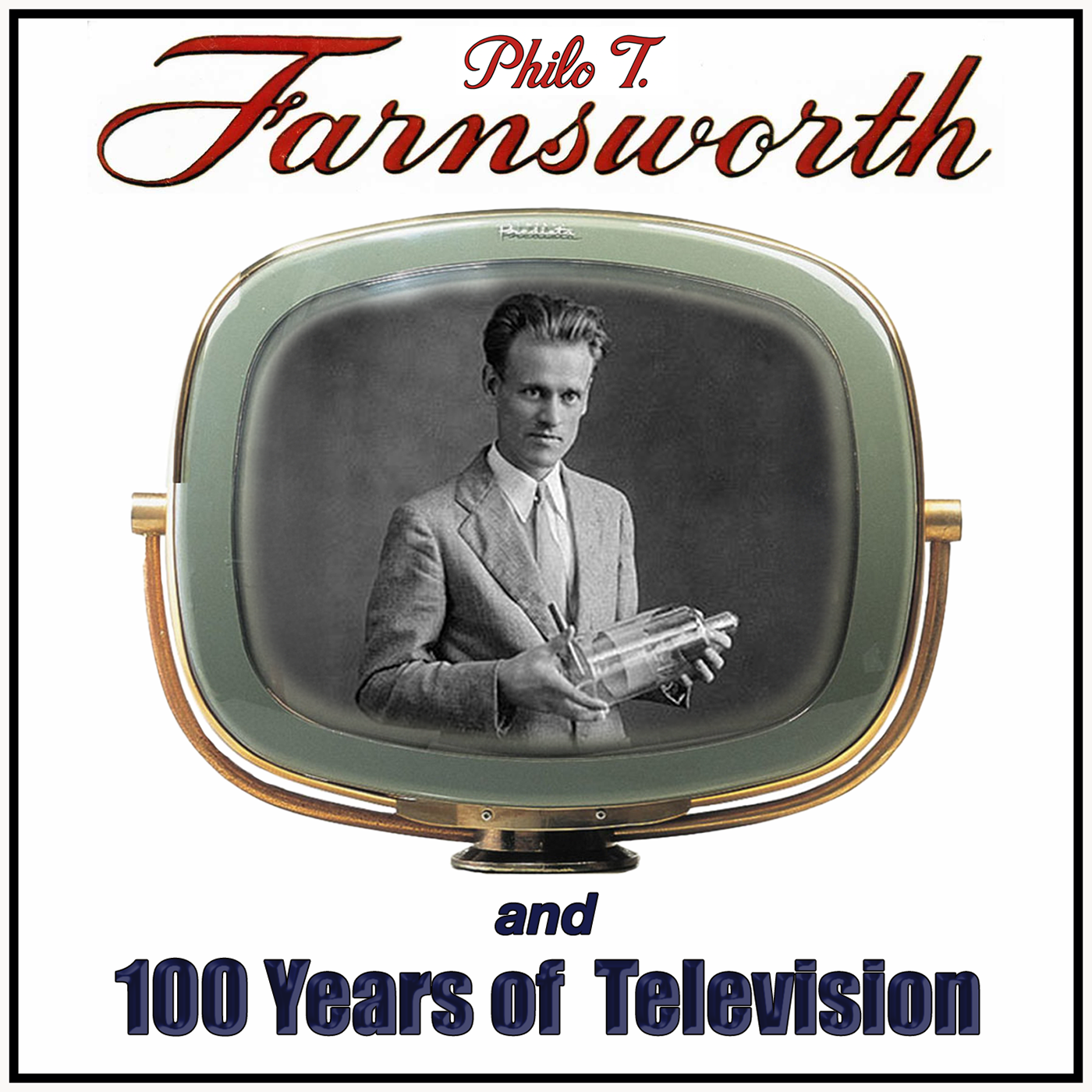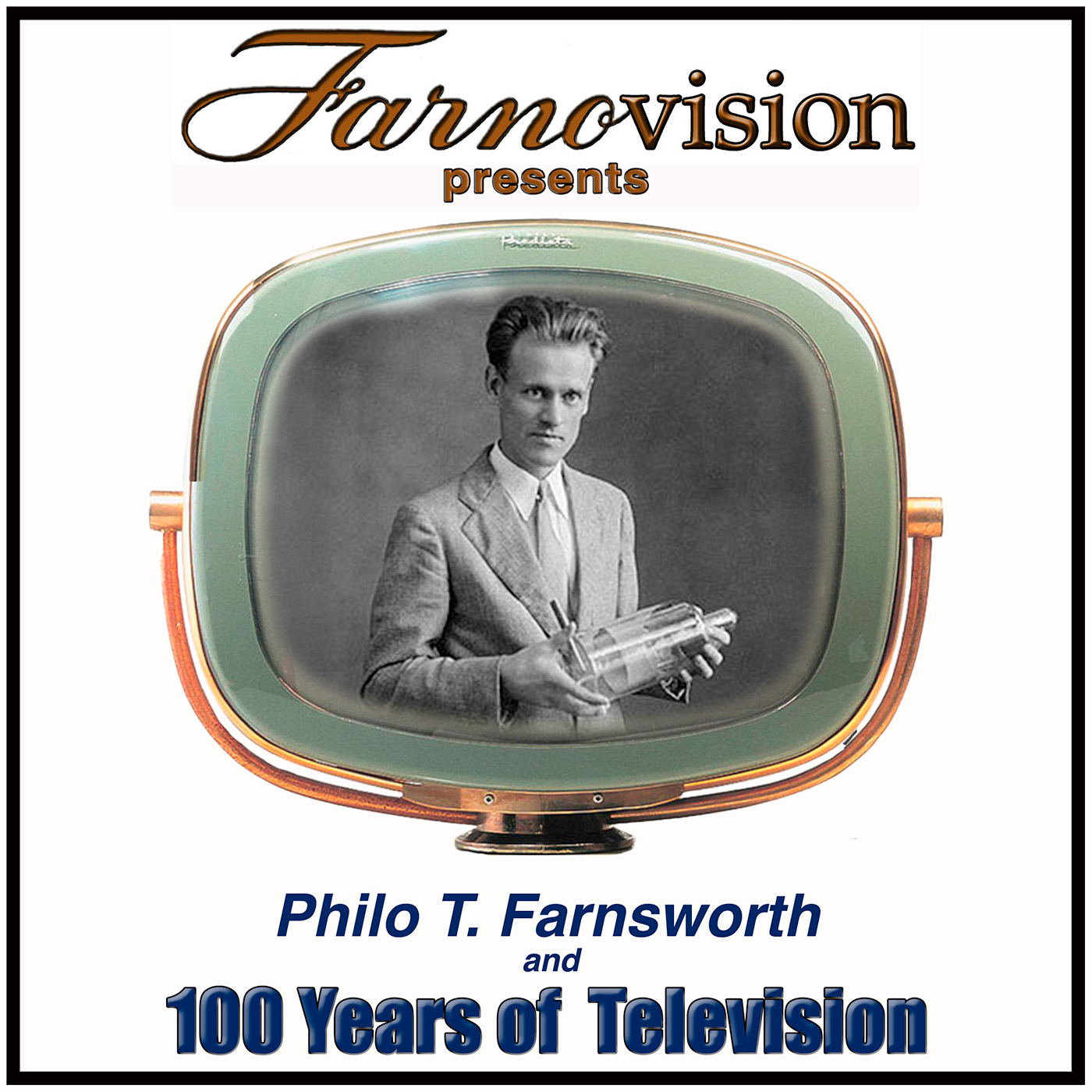Episode Transcript
[00:00:00] Speaker A: They all laughed at Christopher Columbus when he said the world was round they all laughed when Edison recorded sound.
They all laughed at Wilbur and his brother when they said that man could fly.
They told Marconi wireless was a phony. It's the same old cry.
[00:00:21] Speaker B: Welcome to 100 Years of Television. This is episode three before 1927.
Wheels, vacuums and particles 1884-1879.
Starting in October 2025 and for 100 weeks until September 2027, this podcast is going to recall the top 100 moments in the first 100 Years of Television and video.
I'm Paul Schatzkin, author of the Boy who Invented the Definitive Biogr of Philo T. Farnsworth, who invented the first all electronic television system in San Francisco in 1927.
Our countdown to the centennial will begin the week of October 5, 2025.
In the meantime, we're sifting through the historical record prior to 1927 and lining up the many pieces of the puzzle that Farnsworth finally solved.
In the last episode, we talked about the evolution of electrical science in the 19th century and the first advances in modern communications, the telegraph and the telephone, and the first discoveries and inventions around the interaction of light and electromagnetism.
In this episode, we'll look at the first genuine attempts at television and the advances that preceded Farnsworth's historic breakthrough.
Spinning wheels.
Paul Gottlieb Nipkoff was a 23 year old physics student in Berlin in 1884 when he was awarded a patent for his electricis telescope, the Electric Telescope.
Nipkoff was hardly an established scientist, certainly not in the mold of Edison or Bell or Siemens. He was an aspiring undergraduate, immersed in the heady atmosphere of the age when the telegraph, the telephone and electric light transformed daily life.
Legend has it that on Christmas Eve in 1883, Nipkoff sat in his rented lodgings and puzzled over how he might send an image down a wire.
The problem was simple to state, but baffling to resolve. How could a visual scene that is constantly in motion be reduced into a current of electricity?
His solution was to scan the subject sequentially, breaking it down into linear elements one line at a time.
To achieve that sequential scan, Nipkoff devised a flat disk perforated with a spiral of evenly spaced holes.
As the disk spun, each hole swept across a different strip of the image. Those scanned lines of reflected light would fall on a light sensitive photocell, creating a fluctuating electrical current at the receiving end. A second disk synchronized with the first reversed the process, tracing modulated Lines of light across a screen to replicate the original patterns.
Crude though it was, Nipkov's concept was the first to practically demonstrate the essential principle of television sequential scanning, line by line and frame by frame.
Nipkov himself never built an electric telescope, but his idea dominated research in the field and in some ways compelled those who followed his path to bark up the wrong tree for the next four decades.
Vacuums and tubes to fathom the next generation of innovations that ultimately led to television, we have to step back, way back, to antiquity and one of the vestiges of ancient wisdom. In his physics, Aristotle declared that nature abhors a vacuum.
For nearly two millennia, that doctrine of horror vacui relegated the idea of empty space to philosophy rather than science.
That didn't change in any meaningful way until the 17th century.
In Renaissance Italy, engineers noticed that their suction pumps refused to draw water higher than about 32ft, no matter how strong the pump.
If nature abhors a vacuum, they wondered, why stop at 32ft? They brought the problem to the most prominent scientist of the day, Galileo Galilei, who surmised that the limit might be attributed to the weight of the surrounding air.
One of Galileo's contemporaries, Gasparo Berti, put this to the test.
Berti filled a 35 foot lead tube with water, sealed one end, inverted it into a basin, and sure enough, the water column dropped until it stabilized at about 32ft, leaving a mysterious empty space at the top.
Was that space a real vacuum or some form of matter previously unknown?
A year after Galileo's death in 1642, his student, Evangelista Torricelli refined Berti's experiment with Mercury, which is 14 times denser than water.
His tube needed to be only 3ft tall.
The mercury fell and the empty space at the top became known as the Torricellian vacuum.
This was the first reliable demonstration that, Aristotle notwithstanding, a sustained vacuum could in fact exist in a laboratory setting.
Torricelli also noticed that the size of that empty space varied with atmospheric pressure.
With that observation, he had effectively invented the barometer, which is arguably the first vacuum tube and the precursor of all the vacuum science that evolved through the centuries that followed.
In Germany in the 1650s, Otto von Gehrick invented the first true vacuum pump.
His famous demonstration of the Magdeburg hemispheres showed how powerful the vacuum could be. Even teams of horses couldn't pull the sealed hemispheres apart until the air was let back in.
Over the next two centuries, advances in glass blowing and pump design made it possible to study electrical effects in Low pressure g.
In the 1850s, German glassblower Heinrich Geisler sealed glass tubes filled with traces of gas.
When he ran a current through them, they glowed in beautiful colors like the zoetrope discussed in episode one. These Geissler tubes offered more parlor tricks for the public, but were also a source of genuine intrigue for scientists.
A generation later, English physicist William Crookes pushed these experiments further.
Crookes embedded two electrodes into his tubes, a negatively charged cathode at one end and a positively charged anode on the other end.
When a high voltage was applied to the terminals, a visible electrical discharge streamed away from the cathode across the vacuum toward the opposite end of the tube.
This phenomenon became known as cathode rays.
In later experiments, Crookes placed a Maltese cross in the path of these rays, which cast a shadow on the anode end of the tube.
This result suggested not only that the cathode rays traveled in a straight line, but that they could render shapes and perhaps one day, even actual images.
This brings us to the end of part three of our Prehistory of Television, recounting the myriads observations, experiments and inventions that set the stage for Philo Farnsworth's historic breakthrough on September 7, 1927.
Stay tuned for the next episode where we'll encounter Karl Braun's cathode ray tubes and Guillermo Marconi's first experiments with wireless.
Thanks for listening to 100 Years of Television, a two year countdown to the centennial of television on September 7, 2027. For more, aim your gizmo to tvcentennial.com this podcast was written, recorded, edited, engineered and uploaded by me, Paul Shatzkin. And this is a production of Farnovision.com if television was invented by somebody named Farnsworth, why don't we call it Farnovision?
[00:09:20] Speaker A: They all said we never would be happy they laughed at us and how but how we got the laughs out Now.
